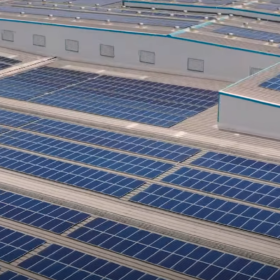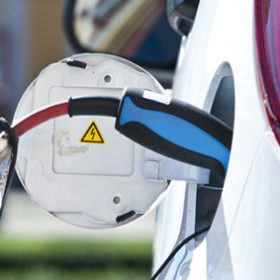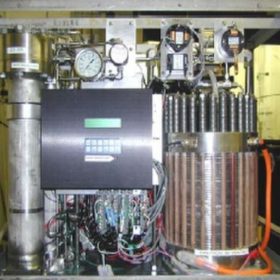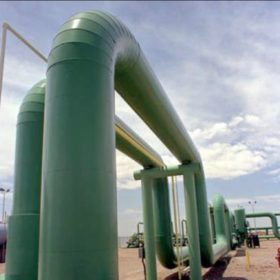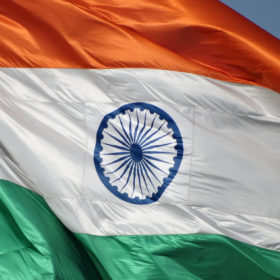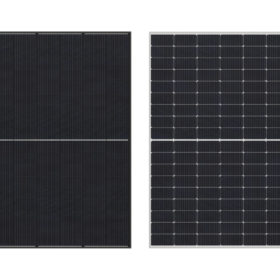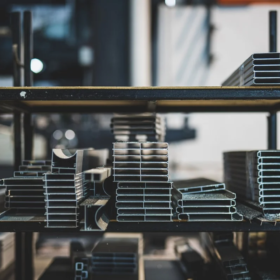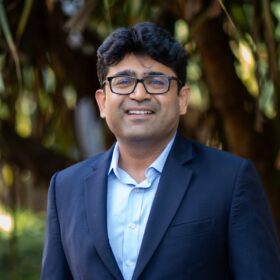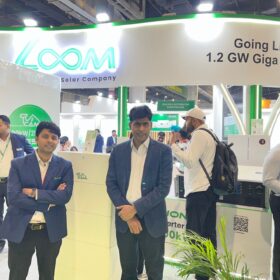India deal to drive Australian hydrogen startup H2X’s global expansion
Australian hydrogen vehicle and fuel cell startup H2X has partnered with Indian automotive parts manufacturer and developer Advik Hi-Tech in a deal which will see the Australian company’s products delivered into India and the wider international market.
Govt may delicense setting up of standalone energy storage systems
Power minister RK Singh recently met with renewable energy developers and industry representatives to discuss the draft Policy on energy storage systems. He informed the participants the government is looking to delicense the setting up of energy storage systems not co-located with renewable energy generation facilities.
ReNew Power sells rooftop solar portfolio to Fourth Partner
The NASDAQ-listed Indian renewable energy developer has sold off its 117 MW/138 MWp of distributed rooftop solar portfolio to Hyderabad-based Fourth Partner Energy for INR 6.72 billion (US$89.9 million), ensuring its increased focus on higher-return, larger-scale projects.
Industry heavyweights look to solid-state battery cells, resources, and recycling
Mercedes-Benz has teamed up with ProLogium to integrate solid-state battery technology into a range of passenger vehicles; Panasonic and Toyota have launched an industrial-academic collaborative research program concerned with battery resources and recycling; and LG Energy Solution plans to spend $2.1 billion with General Motors to build another electric vehicle battery plant in the U.S.
Electrolyzer sales expected to quadruple this year globally
According to BloombergNEF, electrolyzer shipments may reach up to 2.5GW in 2022, up significantly from 458MW last year. China and the United States will become the world’s first and second markets, respectively.
L&T and Norway’s HydrogenPro to set up electrolyzer gigafab in India
Larsen & Toubro (L&T), an Indian multinational EPC contractor, has partnered with Norway’s HydrogenPro to set up a joint venture in India for gigawatt-scale manufacturing of alkaline water electrolyzers.
India’s solar and wind sector could employ one million new workers by FY2029-30
India could employ one million new workers through the deployment of 339 GW of wind and grid-connected solar systems (utility-scale solar and rooftop solar) between FY2021-22 and FY2029-30 if the nation were to meet its 500 GW non-fossil capacity target. The bulk of the new jobs would be created by small projects like roof-top solar and mini and microgrids.
Sharp introduces 410 W half-cut panel with 21% efficiency
The panel features 108 half-cells based on M10 wafers and a 10-busbar design. Its operating temperature coefficient is -0.341% per degree Celsius and its power tolerance reaches up to 5%.
Huge aluminum demand expected in solar industry, concerns arise on emissions
Researchers from the University of New South Wales (UNSW) predict that growth to 60TW of photovoltaics needed to rapidly reduce emissions to ‘net zero’ and limit global warming to <2 °C could require up to 486 Mt of aluminium by 2050. A key concern for this large aluminium demand is its large global warming potential.
NTPC tenders BOS package with land for 300 MW of solar projects
Bidders have until March 4 to lodge their interest for the solar projects to be developed anywhere in India.


